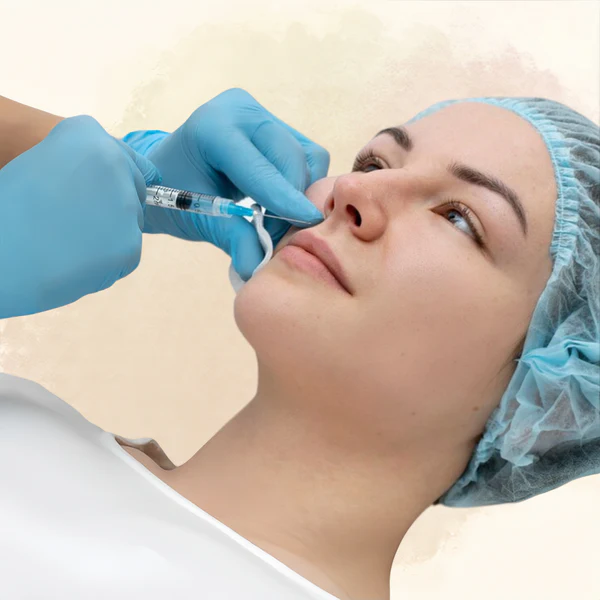Signs of Infection After Tooth Extraction & When to Seek Help
- Huda Batool
- Feb 20
- 3 min read
ooth extraction is a common dental procedure, often necessary due to severe decay, damage, or overcrowding. While most extractions heal without complications, infections can sometimes develop. Recognizing the signs of infection early is crucial to prevent serious complications. This article will discuss the symptoms of infection after Tooth extraction cost, its causes, and when to seek medical help.
Common Signs of Infection After Tooth Extraction
1. Persistent Pain
While some discomfort after tooth extraction is normal, severe or worsening pain that does not improve with prescribed pain medication may indicate an infection. This pain may radiate to the jaw, ear, or even the head.
2. Swelling That Worsens
Mild swelling around the extraction site is expected, but excessive or worsening swelling that persists beyond three days may be a sign of infection. Swelling might also extend to the cheeks, jaw, or neck.
3. Prolonged Bleeding
Bleeding should gradually reduce within 24 hours after the procedure. If bleeding continues for an extended period or restarts after initially stopping, it could indicate an infection or other complications.
4. Foul Odor or Taste in the Mouth
A persistent bad taste or foul odor from the extraction site, even after proper oral hygiene, might be due to bacterial infection.
5. Pus or Discharge
The presence of pus or yellowish-white discharge at the extraction site is a clear indication of infection. This often accompanies swelling and redness around the affected area.
6. Fever and Chills
A fever above 100.4°F (38°C) along with chills is a systemic sign of infection. If these symptoms occur, medical attention is necessary.

7. Difficulty Opening the Mouth (Trismus)
Infections can cause stiffness or difficulty opening the mouth, known as trismus. If this condition worsens, it may indicate that the infection is spreading.
8. Swollen Lymph Nodes
Tender, swollen lymph nodes in the neck or jaw area may suggest an ongoing infection as the body attempts to fight it off.
9. Delayed Healing
If the extraction site does not appear to be healing properly or worsens over time, it could indicate an infection or a condition such as dry socket.
Causes of Infection After Tooth Extraction
Several factors can contribute to infection after a tooth extraction, including:
Poor Oral Hygiene: Failing to keep the extraction site clean can allow bacteria to multiply.
Food Particles Lodged in the Socket: Trapped food debris can lead to bacterial growth and infection.
Weakened Immune System: Individuals with conditions like diabetes or those taking immunosuppressive medications may be at a higher risk of infection.
Smoking or Alcohol Consumption: These habits can impair healing and increase the risk of infection.
Dry Socket: When the blood clot that forms after extraction is dislodged or dissolves too soon, the underlying bone and nerves are exposed, increasing the risk of infection.
Improper Post-Operative Care: Not following post-extraction care instructions can contribute to complications and infections.
When to Seek Medical Help
If you experience any of the following symptoms, it is crucial to seek medical or dental care promptly:
Persistent pain that worsens instead of improving.
High fever (above 100.4°F or 38°C) and chills.
Pus or foul-smelling discharge from the extraction site.
Severe swelling that spreads to the face or neck.
Difficulty breathing or swallowing.
Excessive bleeding that does not stop.
Jaw stiffness or difficulty opening the mouth.
Preventing Infection After Tooth Extraction
To minimize the risk of infection, follow these guidelines:
Follow Post-Operative Instructions: Carefully adhere to your dentist’s aftercare guidelines, including recommended medications and hygiene practices.
Maintain Good Oral Hygiene: Avoid brushing directly over the extraction site but rinse gently with warm salt water after 24 hours.
Avoid Smoking and Alcohol: These can delay healing and increase infection risk.
Stick to Soft Foods: Eat soft, non-irritating foods for the first few days to avoid disturbing the extraction site.
Avoid Using Straws: Sucking through a straw can dislodge the blood clot and lead to dry socket.
Keep Hands and Objects Away from the Extraction Site: Touching the area with fingers or other objects can introduce bacteria.
Conclusion
Infections after Tooth extraction cost in Dubai are uncommon but can become serious if not addressed promptly. Knowing the signs of infection and seeking timely medical attention can prevent further complications. Always follow your dentist’s post-operative instructions to ensure a smooth and uneventful recovery. If you suspect an infection, do not hesitate to contact your dentist for evaluation and treatment.








Comments